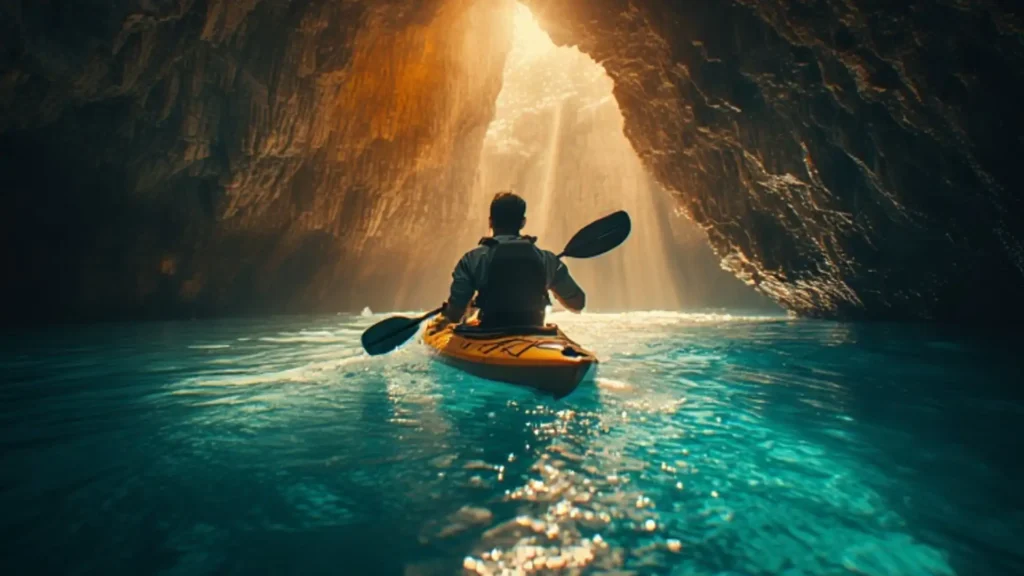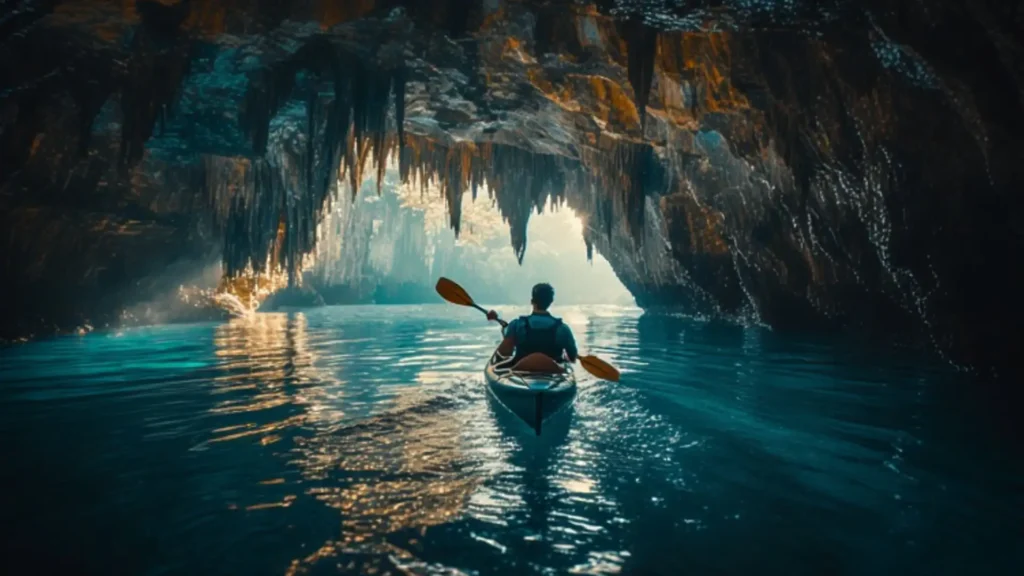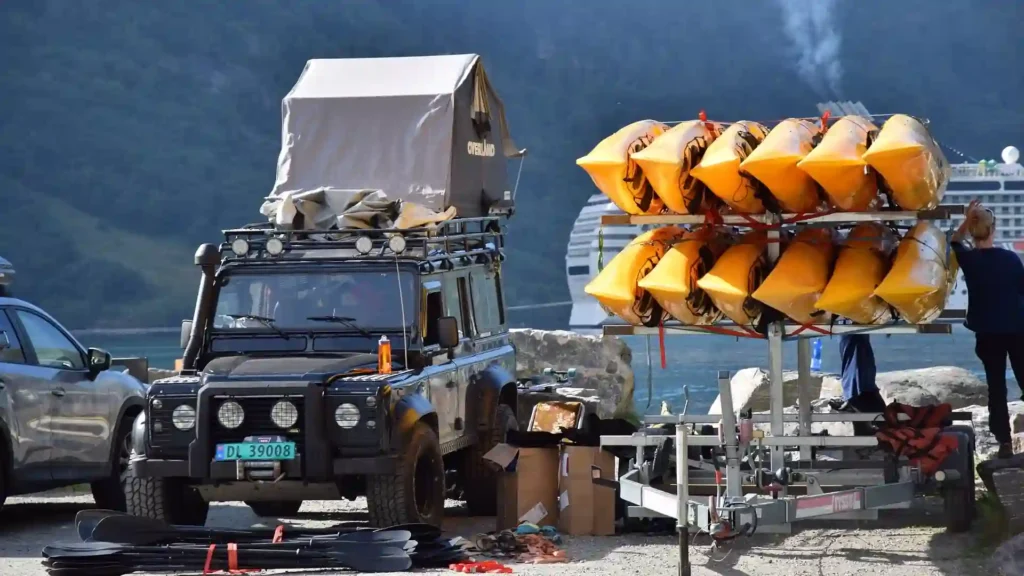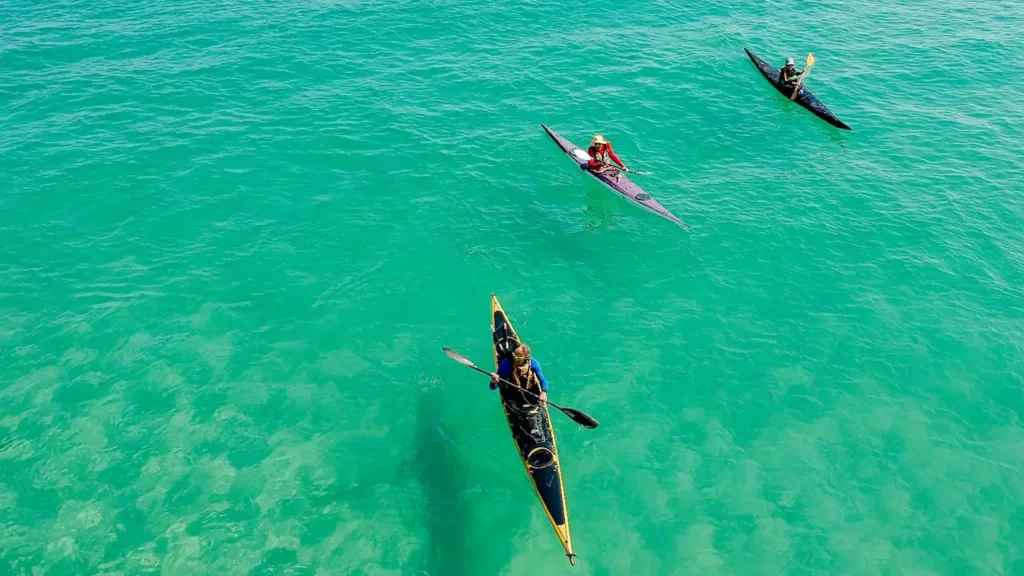The silence is different when you’re alone on the water. There’s no chatter, no splashing from a friend’s paddle, no one to follow or wait for. It’s just you and the kayak. That kind of quiet can feel peaceful. But it can also feel strange. One wrong choice, and it can turn from peaceful to dangerous.
Solo kayaking sounds simple. It looks relaxing. But many paddlers go into it without knowing what it really involves. That’s where things can go wrong. If you aren’t ready, the water will show you fast. You don’t get a do-over if you forgot something important. That’s why this guide matters.
When you paddle solo, no one else is watching your back. You’re on your own for every decision. You choose the route. You carry all the gear. You react to every problem. And you handle every mistake. It’s freedom, yes. But it’s full freedom—and that means full risk.
This article gives you everything you need to kayak solo the right way. You’ll learn how to think before the trip. You’ll know which gear is non-negotiable.
You’ll get real tips from real solo paddlers. And you’ll understand the dangers before they surprise you. Whether you’re new or just looking to be safer, this will help you go solo with confidence.
The Solo Mindset Comes First
Before you touch the paddle, you need to prepare your mindset. Solo kayaking isn’t about being alone. It’s about being fully responsible. Every action is yours. Every mistake is yours too. This makes it different from group trips, and you need to prepare for that mentally.
Start by asking why you want to go alone. Are you seeking quiet? Are you practicing skills? Are you exploring a new place? Each goal needs a different level of planning. Don’t go just to test yourself unless you’ve done the basics first. Know your reason, and plan around it.
You also have to be okay with being uncomfortable. You’ll get tired. You might get nervous. You’ll need to make choices under pressure. That’s part of the solo mindset. Stay calm and think clearly. You’ll need to solve problems without panicking. This takes practice.
Be honest about your limits. Don’t push distance too far. Don’t choose tricky weather. Don’t try to impress anyone. Solo kayaking isn’t about proving anything. It’s about staying smart. The people who treat it with respect are the ones who enjoy it the most—and the longest.
Gear That Isn’t Optional
When you go solo, your gear becomes your teammate. If it fails, you’re in trouble. If you forget something, there’s no backup. That’s why gear choice matters more when you’re alone than it does in a group.
First, always wear your life jacket. This is not a choice. No matter how calm the water looks, wear it. If you fall in, it keeps you floating. It also helps if you get tired or hurt. Choose a life jacket made for paddling. It should fit well and stay snug.
You also need a paddle leash. This small tool connects your paddle to your kayak. If you drop the paddle, it won’t float away. Without a paddle, you can’t move. In wind or current, that can be serious. A leash solves this before it starts.
Bring a bilge pump or sponge. If water gets inside your kayak, you need a way to get it out. This happens more than people think. A little water inside your kayak can add weight and throw off balance. A pump clears it fast.
Use a dry bag to protect small gear. Inside it, keep a first aid kit, flashlight, backup batteries, and a whistle. Pack food and water, too. Don’t forget sunscreen, lip balm, and a basic repair kit for your kayak. Everything should be waterproof or in a waterproof case.
Your phone is another key item. But don’t just toss it in your pocket. Use a floating, waterproof case. Some paddlers carry a GPS device too. The main rule is this: if something goes wrong, you must be able to contact someone or find your way out.
Don’t forget backup items. Bring an extra paddle if space allows. It’s rare to break or lose one, but when it happens, you’ll be glad you planned ahead.
Know the Water Before You Launch
Many solo paddlers get in trouble before they even launch—because they didn’t research the area. Guesswork doesn’t mix well with solo trips. Knowing the water is the best safety tool you have.
Always start with the weather. Don’t just check temperature. Look at wind speed, storm chances, and sunset time. A sunny day can still turn rough if the wind picks up. Don’t go out in winds stronger than 15 mph. Gusty wind can flip a kayak or make it impossible to paddle back.
Tide charts matter too—if you’re near the ocean or a bay. Know when the tide comes in and out. Some rivers also have tide changes. Strong currents can catch you off guard if you don’t know when they’ll happen.
Study maps of the area. Are there shallow spots? Hidden rocks? Boat traffic? Are there places to pull over if needed? Use apps or paper maps. Learn landmarks you’ll see from the water, not just on land.
Plan your route. Stick close to shore, especially if you’re new. Loop trips are better than straight lines. That way, you can turn back at any point without having to paddle far in a straight line against wind.
Give your route and return time to someone you trust. Text them when you launch. Text them again when you’re off the water. If they don’t hear from you, they can alert someone. This one habit can save your life.

Real Dangers That Catch People Off Guard
The biggest danger in solo kayaking isn’t giant waves or scary wildlife. It’s small problems that sneak up on you. These issues seem minor at first, but grow fast if you’re not ready for them.
One major issue is fatigue. You feel fine at first. You paddle out a few miles. You enjoy the view. But when you turn around, the wind has changed, and your arms feel weak. Now every paddle stroke is harder. This is when people make bad decisions.
Hypothermia is another quiet threat. Water pulls heat from your body fast. You don’t need freezing water for this to happen. Wind makes it worse. Wear clothing that stays warm when wet. Dress for the water, not the air.
Navigation problems are common too. A lake that looks small can feel huge when fog rolls in. Losing sight of shore can be scary. Without a clear route, you might circle the wrong way or paddle too far. That’s why GPS, maps, and visual landmarks matter so much.
And yes, wildlife can be a problem. Not because it’s aggressive, but because people panic. Stay calm. Give all animals space. Don’t feed them. Don’t chase them for photos. Respect the wild. That’s what solo paddling is all about.
Another common issue is forgetting key items. A missing whistle. No spare water. A broken strap. These small things turn into big stress when you’re alone. Always double-check your list before leaving.
Mastering Your Solo Skills
Once you’ve prepared, practiced, and planned, solo kayaking becomes something special. You feel stronger. You move better. You start to trust yourself on the water. This is the real reward of solo trips—not the view, but the self-growth.
Skill practice matters. Start with re-entry drills. Flip your kayak in shallow water. Get back in without help. Do it over and over. Learn what works and what doesn’t. It’s hard at first. That’s okay. That’s how you learn.
Work on stroke strength. Try paddling against light wind. Time your speed over short trips. Learn how to pace yourself. Build your endurance a little at a time. Don’t try to paddle miles on day one. Grow your ability slow and steady.
Use your map and compass, even if you have a GPS. Practice spotting landmarks. Try navigating without looking at your phone. Learn to check your heading, your distance, and your direction just by looking around.
Practice signaling. Three short whistle blasts mean help. Know how to use a signal mirror. Practice pointing your flashlight at boats or shore if you’re in trouble. You don’t want to figure this out in the middle of a real emergency.
And reflect after each trip. What went right? What didn’t? Did you forget anything? Did you feel tired too soon? Did you feel safe the whole time? This reflection turns each trip into training. That’s how you get better.
There’s something honest about kayaking solo. There’s no one to impress. No one to follow. No one to blame. Just you, the paddle, and the water. That’s the heart of it.
But that honesty can be harsh if you aren’t ready. The water doesn’t care if you forgot your pump. It won’t slow down because your arms hurt. It won’t warn you before the wind changes. That’s why planning matters.
The goal isn’t fear. It’s respect. You can love the water and still take it seriously. That’s what smart solo paddlers do. They take control. They think ahead. They keep growing.
Solo kayaking gives you peace, strength, and confidence. It’s not just a trip—it’s a skill you build over time. And when you get it right, there’s nothing else like it.
So go solo. But go smart. Go prepared. Go safe. And go home better than when you launched.




